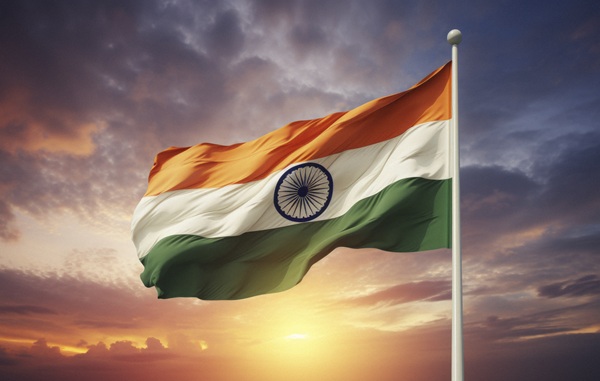Master India's Geography Through Interactive Learning
Embark on a journey to explore India's diverse geographical landscape through engaging multiple-choice questions designed for students and geography enthusiasts.
10+
Chapters
1000+
MCQs
5K+
Active Learners
